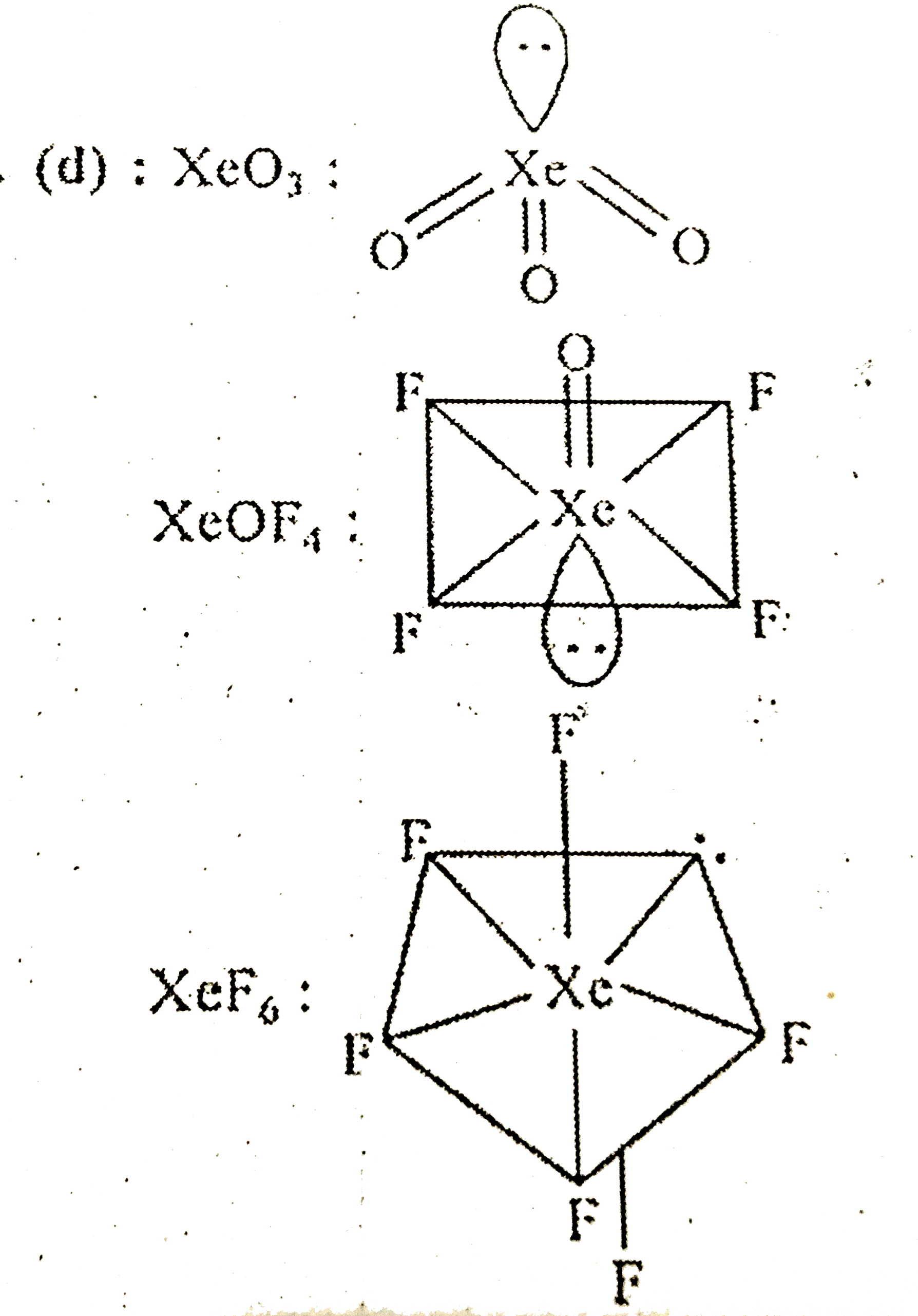A
B
C
D
Text Solution
Verified by Experts
The correct Answer is:
|
Topper's Solved these Questions
AIIMS 2004
AIIMS PREVIOUS YEAR PAPERS|Exercise Chemistry|60 VideosView PlaylistAIIMS 2006
AIIMS PREVIOUS YEAR PAPERS|Exercise CHEMISTRY|60 VideosView Playlist
Similar Questions
Explore conceptually related problems
Knowledge Check
Similar Questions
Explore conceptually related problems
AIIMS PREVIOUS YEAR PAPERS-AIIMS 2005-CHEMISTRY
- Among the following molecules, (i)XeO(3)(ii)XeOF(4)(iii)XeF(6) those h...
02:39
|
Playing Now - An aqueous solution of COCL2 on addition of excess of concentrated HCl...
02:36
|
Play - In which of the following pairs both the complex show optical isomeris...
04:03
|
Play - The diamagnetic species is
03:02
|
Play - In the balanced chemical reaction IO(3)^(ө)+al^(ө)+bH^(ө)rarrcH(2)O+...
03:33
|
Play - Among the following pairs of ions the lower oxidation state in aqueous...
02:58
|
Play - The number of P-O-P bridge in the structure of phosphorous pentoxide a...
03:10
|
Play - In diborane, the two H-B-H angles are nearly
02:53
|
Play - Which of the following gives propyne on hydrolysis ?
02:29
|
Play - The pair of amphoteric hydroxides is
01:27
|
Play - Which of the following is a carbonate ore?
01:04
|
Play - .(92)U^(238) emits 8 alpha- particles and 6 beta- particles. The n//p ...
02:57
|
Play - The correct order for the wavelength of absorption in the visible regi...
02:28
|
Play - F(2) is formed by reacting K(2) MnF(6) with
01:09
|
Play - The isoeletronic pair is
02:32
|
Play - Which of the following chemicals are used to manufacture methy1 isocya...
01:31
|
Play - alpha-Particles can be detected using
01:26
|
Play - Which of the following molecules is most suitable to disperse benzen i...
01:59
|
Play - The chemical reaction 2AgCl("(fused)")+H(2(g))rarr2HCl((aq))+2Ag((s)...
01:47
|
Play - If 'Z' is the number of atoms in the unit cell that represents the cl...
02:09
|
Play
